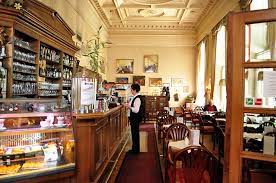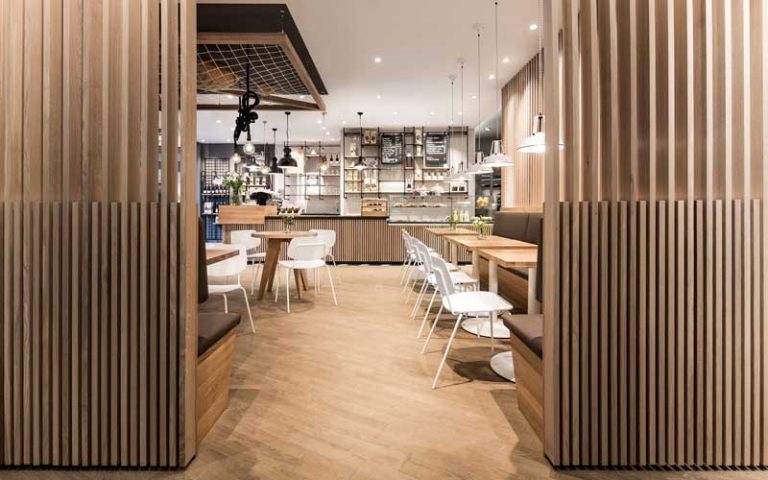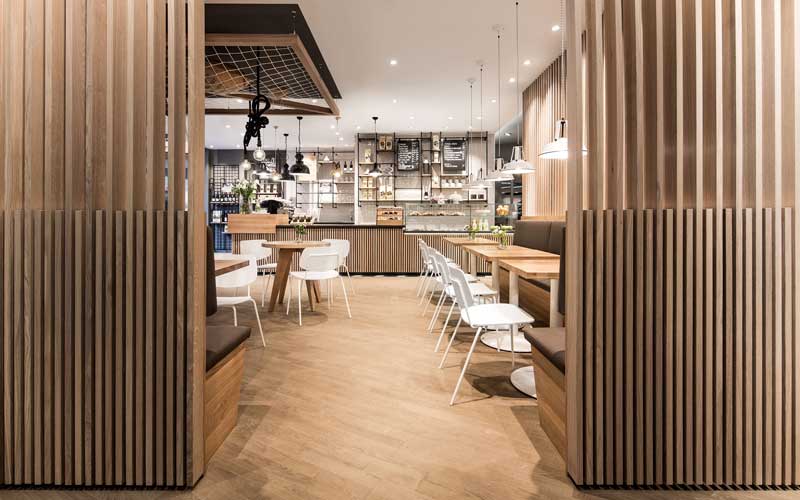Viennese coffee houses were declared a World Heritage Site in 2011. After all, the coffee house tradition has its origins in Austria and nowhere else, except perhaps in Prague and Budapest, are there such beautiful coffee houses. The Viennese coffee houses have produced a whole range of Viennese coffee specialties. But what exactly makes them so special?
Viennese coffee house culture and its history
Towards the end of the 19th century, the Viennese coffee house experienced its heyday. They are true “temple of pleasure” in which drinking coffee is celebrated. From the very beginning, they have been places for the exchange of ideas and workplaces for writers who spent many hours here every day. Art Nouveau is not the only thing that is clearly evident in the historic ambience: Even today, Viennese coffee houses exude the special flair of the creativity and freedom of thought of great writers.
Austria is not a pioneer when it comes to coffee houses
The Venetians opened the first coffee house more than a century before the Austrians. Only when they appeared in England did the trend spill over to Vienna. Johannes Theodat, an Armenian merchant, opened it on today’s Rotenturmstrasse. The coffee house culture was born. By the middle of the 19th century, 150 coffee houses were opened in Vienna, which served as a meeting place for the Viennese.
Did you know: In the 19th century, only men were allowed to enter coffee houses!
Viennese coffee houses in danger
This golden era did not last forever for coffee houses. Napoleon’s trade embargo made coffee more and more expensive and many of the cafes were struggling to survive. Therefore, more and more of them also offered food – their survival was assured. When televisions suddenly found their way into households in the 1950s, coffee house culture fell into crisis. Many of them had to close their doors.
The rescue of the Viennese coffee houses
In the last 35 years, however, the coffee houses in Vienna have recovered somewhat. Since the 300th anniversary of the coffee house culture in 1983, people have returned to their coffee house tradition. In 2011, Viennese coffee house culture was even recognized as an intangible cultural heritage by UNESCO thanks to the Club of Viennese Coffee House Owners.
Traditional coffee house in Vienna The unique atmosphere that they radiate is recognized as worthy of protection. And we are pleased that this intangible value has now been officially established.
However, visitors to Vienna have known this for a long time, because the special flair of the Viennese coffee houses is, along with Schönbrunn Palace, the reason why Vienna is the most visited tourist destination in Europe.



